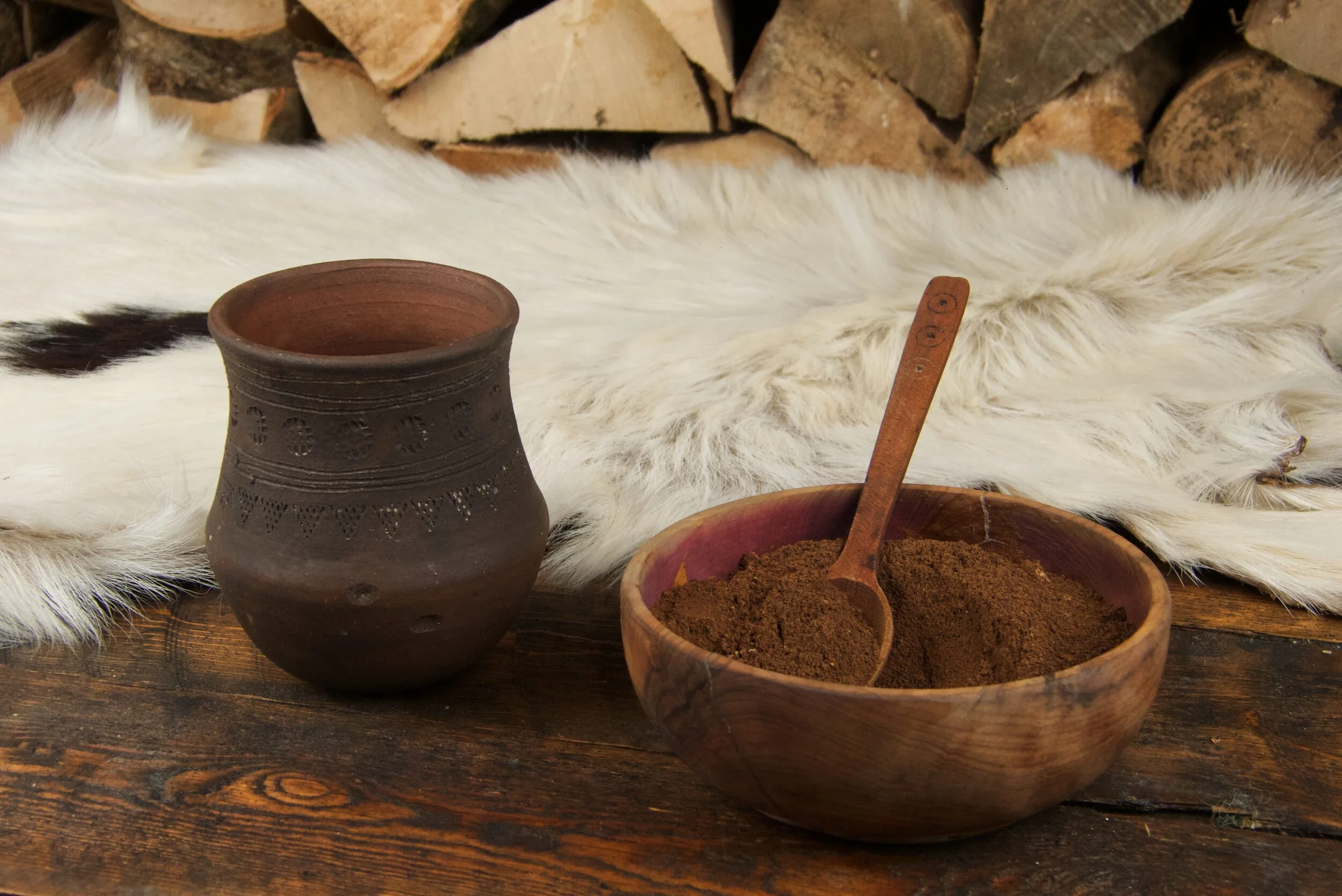Ingredients:
3 spoons dried blood
600ml cold water
1 tablespoon vinegar
400ml fish stock
300g Pork belly
1 onion
A small bunch of Wild Garlic
2 bay leaves
2 tsp black pepper
1 tsp salt
Method:
Mix together the dried blood and water, until smooth. Stir in the vinegar (this will prevent coagulation when cooking).
Cut the pork belly into chunks and fry in a little butter or oil, for around 10 minutes, until browning on all sides. Peel & thinly slice the onion and add to the pan, frying for a few minutes to soften.
Roughly chop the garlic and add to the pan, along with the blood, fish stock, bay, salt & pepper. Bring to a boil and simmer for around 15 minutes.
Remove from the heat and serve.






